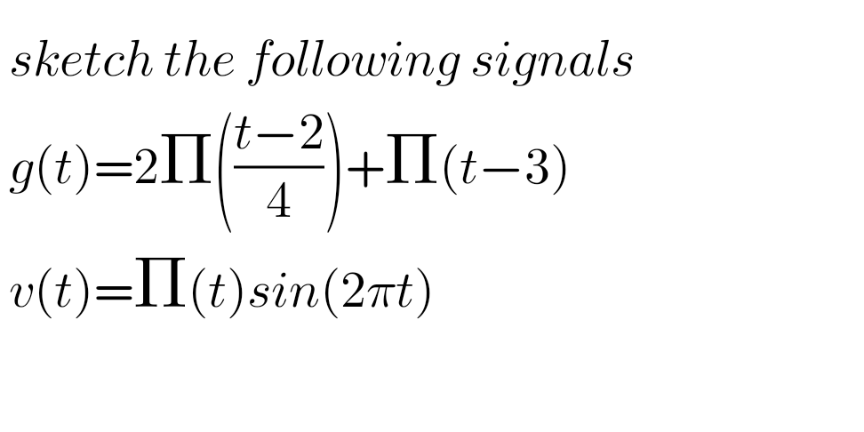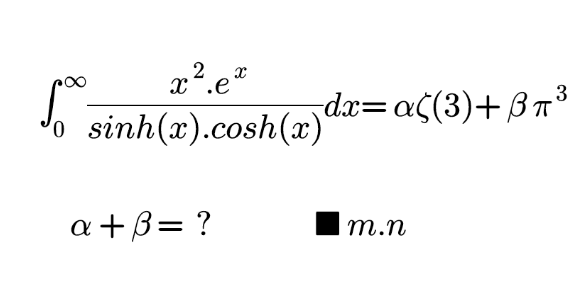
AllQuestion and Answers: Page 553
Question Number 164052 Answers: 0 Comments: 0

Question Number 164050 Answers: 1 Comments: 0

Question Number 164039 Answers: 1 Comments: 0
Question Number 164027 Answers: 1 Comments: 2

Question Number 164024 Answers: 1 Comments: 0

Question Number 164019 Answers: 0 Comments: 0
Question Number 164018 Answers: 1 Comments: 0

Question Number 164028 Answers: 1 Comments: 0

Question Number 164010 Answers: 0 Comments: 3

Question Number 164009 Answers: 2 Comments: 0

Question Number 164471 Answers: 1 Comments: 0
Question Number 164001 Answers: 1 Comments: 1

Question Number 163998 Answers: 0 Comments: 0
Question Number 163996 Answers: 1 Comments: 0
Question Number 163993 Answers: 0 Comments: 5

Question Number 163988 Answers: 0 Comments: 1
Question Number 163985 Answers: 0 Comments: 0

Question Number 163986 Answers: 1 Comments: 0
Question Number 163978 Answers: 0 Comments: 5

Question Number 163976 Answers: 0 Comments: 0
Question Number 163974 Answers: 1 Comments: 1
Question Number 163972 Answers: 0 Comments: 1

Question Number 163968 Answers: 1 Comments: 0
$$\left(−\mathrm{2}^{\mathrm{2}} \right)^{\mathrm{3}} =? \\ $$
Question Number 163966 Answers: 1 Comments: 0
Question Number 163961 Answers: 1 Comments: 0
Question Number 163954 Answers: 4 Comments: 0

Pg 548 Pg 549 Pg 550 Pg 551 Pg 552 Pg 553 Pg 554 Pg 555 Pg 556 Pg 557
